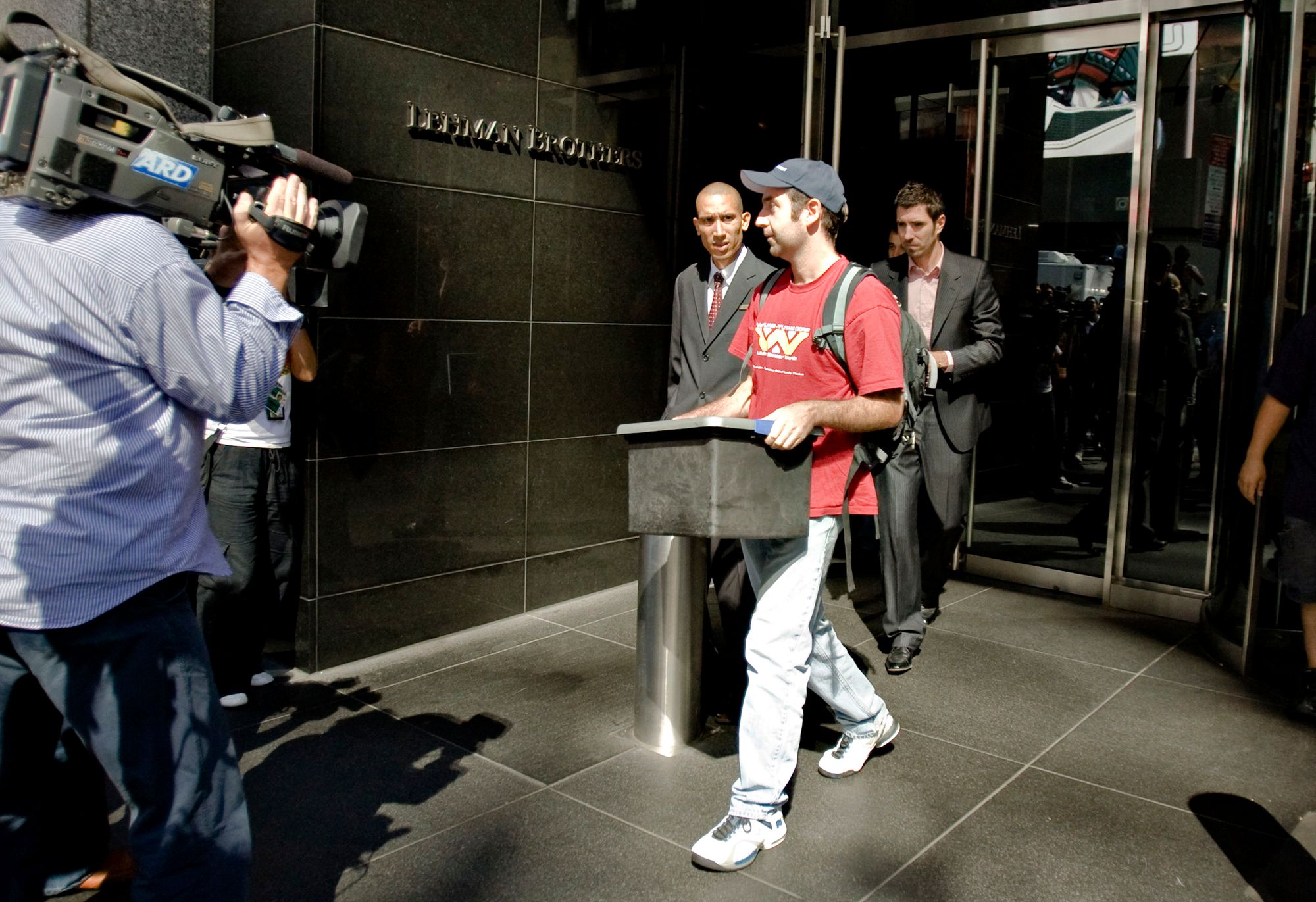Many of us have watched the movie Big Short, which is now on Netflix. However, it may still be tough to grasp how the 2008 Financial Crisis actually unfolded.
First, let us start with the advent of the derivative. Invented in the 17th century, the derivative is a financial contract that is made between two parties in relation to a stock. The value of this derivative is derived from fluctuations in the related stock's price. Seemingly, these would have been incredibly valuable. However, it was heavily regulated until 2000, when they were deregulated by the SEC. After this deregulation, coupled with the dot-com bubble burst, investment banks went haywire.
There was no innocence in this movement. Bankers knew that they were taking major risks by entering this deregulated market space. However, to make it worse, big banks started to delve into these deregulated market spaces with borrowed money.
Parallel to this, families with less than perfect credit scores were able to get houses under subprime loans. These subprime loans reflected the risk in taking the risky clients.
Through everything shady happening during this time period, rating agencies were extremely unreliable because they were artificially inflating ratings on loans and stocks that were significantly riskier than others in the same class.
As the story goes in Big Short, Michael Burry became the father of housing swaps after looking at the amount of subprime loans that were artificially rated high. He took advantage of this and went to Deutsche Bank to introduce housing swaps. Big banks bought them after seeing the advantage that Burry got. However, the big banks had their money tied to the mortgage industry because they were buying loans off of subprime lenders and bundling them with securities for investors.
Here is a roundup of the crazy scheme that was mentioned above. Big banks were betting against the housing market, were bundling subprime loans with securities and selling them to investors (as derivatives), and tying their leveraged (borrowed) money into mortgage companies that were inflating their clients' credit histories.
It is actually worth elaborating on the bundling of subprime loans with securities. These bundles were known as CDOs and could be bundled together to make a CDO-squared. There was also a synthetic CDO, however, which could also contain securities like swaps (keep in mind that big banks had their feet wet here too). So, the banks were on all sides of this war.
After seeing record profits, as soon as things went sour in the stock market and too many people were defaulting on the subprime loans, the bubble exploded catastrophically. Unemployment soared. Lehman Brothers filed for bankruptcy. And yet most of the traders went off without a mark, and the executives that were punished only got a slap on the wrist.
Now, we still look at the profound effects of the 2008 Financial Crisis and wonder: Is it possible for this to happen again, but differently?
